Why don’t we write measurable objectives?
I am working on a project at the moment where I have reviewed a lot of communications plans from a lot of different government agencies. There was one thing in common. No one wrote measurable objectives.
It made me think, why is this one of the things that is just too hard? Why do we avoid it?
Most of us know that objectives are important and that they help us do our job better. So why do we end up with…
- Capture the opportunity to raise the public’s awareness
- Position the organisation as an authoritative voice
- Build community understanding
- Normalise our topic in the community
How will we know if we ever achieve these results? These are not objectives, they are goals at best, they are not quantifiable and if we evaluated our approach would be hard to measure.
I know it’s hard. You need to find out what data you have available and how you can measure it. You need to identify what is realistic to aim for and what tactics might have an impact. Objectives are no one’s favourite part of a communications plan, but they are necessary.
This is where we up our game. Clear, measurable objectives move communications from the light, fluffy, “making things pretty” profession to a serious “we have impact” profession.
I know what you will say, “there is no money for market research”. You don’t need formal market research to develop measurable objectives. You just need time and a bit of creativity. You can set measurable objectives if you have access to media monitoring, EDM stats, social media data or website analytics. Don’t have access to those? It’s time to start arguing for it (and a bit of money for research as well).
Think about the change if you were able to say:
- In the past 12 months, there was a 10% increase in awareness across the region, which research showed was a result of our media campaign.
- There has been a four-fold increase in reaching women 40-65 with our messages through social media since the start of the social media campaign.
- The open rates of our newsletters increased by 15% in the past three months as a result of more human-centred articles.
- The organisation was mentioned 27 times in regional media, in 80% of articles about the topic, demonstrating an authoritative voice.
An objective is as simple as:
{percentage/number} increase/decrease in {action verb} of {audience} within {timeframe} so that {outcome your seeking}.
The other key to a great objective is being able to align them to strategic goals. Is there an organisational strategy you can connect your objectives to? Can you demonstrate how your plan supports what your organisation is trying to achieve? This is where we can start to demonstrate the value of communications.
Here are a few quick tips:
- Use only one action verb in each objective. Using several verbs implies that several activities and/or behaviours are being measured.
- Be specific about the audience, the behaviour or the issue being addressed by the objective.
- It may be necessary to develop different objectives for a different phase of the communications plan. Some objectives will have a short timeframe, while others may have a longer one.
- Keep it simple, you can’t measure everything, and you won’t have data for everything. Measure what you can and use this comms plan to set benchmarks for the next time.
Finally some resources you might find useful:
- Measurement maturity mapper – a survey-based diagnostic tool designed to help professionals better plan their measurement and evaluation journey by clearly benchmarking where they are starting from in the process.
- The Barcelona Principles – a set of seven principles that provide the first overarching framework for effective public relations (PR) and communication measurement
- Integrated evaluation framework – helps professionals to plan appropriately and tell a meaningful measurement story. It shows how to ‘operationalise’ the Barcelona Principles and turn them into action and prove the value of communication in a meaningful and credible manner.

